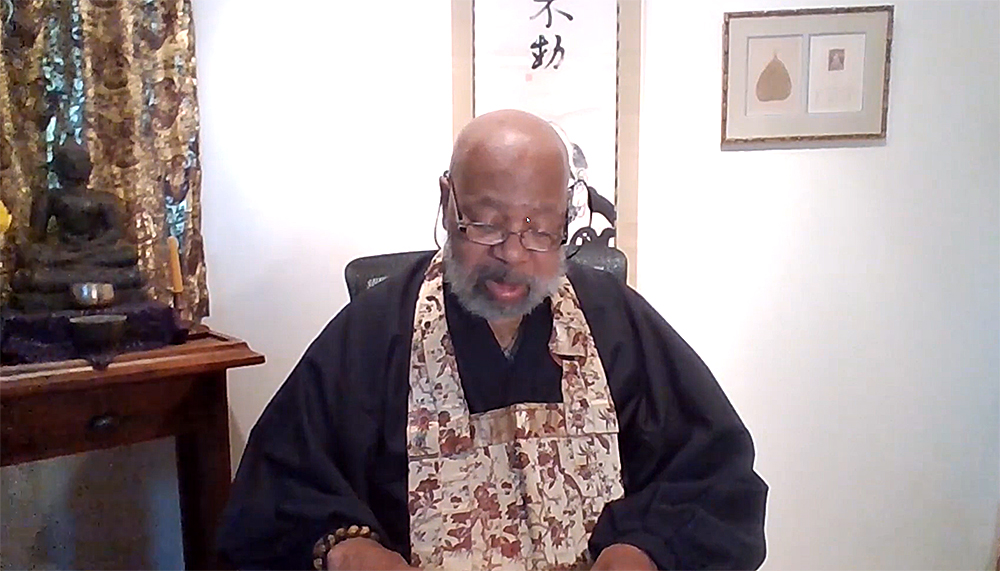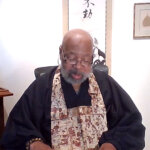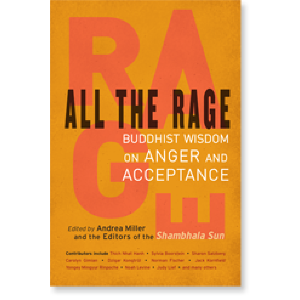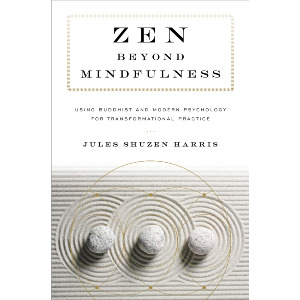We are sad to share the news that Jules Shuzen Harris passed away on May 8th, 2023 at the age of 83.
He was a psychotherapist and Zen teacher, founder, and abbot of Soji Zen Center in Lansdowne, Pennsylvania. Based on his decades of experience working with Zen students and psychotherapy clients, he has created a powerful method that combines the rigor of Zen practice, psychological insights of early Buddhism, and tools from a contemporary psychotherapeutic method known as "Mind-Body Bridging." He is a dharma heir of Pat Enkyo O'Hara and has practiced with many other Zen teachers, including John Daido Loori and Dennis Genpo Merzel. Born in a working-class town outside of Philadelphia, Harris is the first African-American to have received transmission in the Soto Zen tradition. He has a black belt in the Japanese martial arts of Iaido and Kendo and has published a number of articles in Tricycle, Buddhadharma, and Lion's Roar magazines.
Tricycle magazine also published an obituary.

From "Uprooting the Seeds of Anger" in All the Rage: Buddhist Wisdom on Anger and Acceptance
We must remember that we create our own anger. No one makes it for us. If we move from a particular event directly to our reaction, we are skipping a crucial awareness, a higher perspective on our own reactivity. What is that middle step, that deeper awareness? It is mindfulness about our own beliefs, our attitude, our understanding or lack of understanding about what has really happened. We notice that a given situation reliably provokes our anger, and yet somebody else can be exposed to the very same situation and not react angrily. Why is that? No one can tell us: we each have to find the answer ourselves, and to do that, we need to give ourselves the space to reflect mindfully.
We’re going to keep getting angry. It’s going to come up. It has come up in our lives before, and it will come up again. This practice is about becoming more mindful, becoming aware of how we are getting stuck. With care and work, we find ways to get unstuck. But we also know that the moment we get unstuck, we’re going to get stuck again. That’s why it is called a practice—we never arrive. So when you find yourself upset or angry, use the moment as a part of your practice, as an opportunity to notice and uproot the seeds of anger and move into the heart of genuine compassion.
$17.95 - Paperback
From the preface to Zen Beyond Mindfulness
In the end, I settled into Zen because, despite its mystical reputation, it is the most practical and hard-nosed of all the religions I encountered. The goal of Zen is always the here and now. Through the ages, Zen teachers have used a variety of methods to impress on their students that what matters is this very moment. Some of the methods seem harsh or even dangerous now—shouting at students or hitting them. Others are almost certainly exaggerations or myths—Master Gutei cutting off his student’s finger, Nansen killing a cat in front of his students when none of them could speak a “turning word” (proof that they had fully understood their true nature). But what impressed me is that Zen was always about smacking up against the reality of suffering, not intellectualizing it.
For several years, I studied with John Daido Loori at Mount Tremper. At first, I advanced very quickly; because of all my years in the yogic tradition, I started on koans almost immediately, and I became Daido’s right-hand man. I gave talks, was involved in a discussion about setting up a center in New York, and even accompanied Daido on a trip to Japan to meet with Maezumi Roshi. So, at that point, I was fully committed to the practice . . . or so I thought.
The truth is that my practice was suffering. I was focused on my status and not my practice. I wasn’t sitting enough; instead, I was caught up in the ego trip of being on the board of directors and helping to run things. As I said, I became Daido’s right-hand man. I felt I had arrived, and the external validation helped me believe I was doing Zen “the right way.”
I was deeply involved in the organization but not really practicing. Finally, a senior student took me aside and told me that I wasn’t sitting enough and that other people who had less experience or who had started after me were surpassing me in terms of clarity and koan practice. It was then that I really understood how central sitting was to the practice and to waking up. In fact, my breakthrough came when I really dedicated myself to sitting. I had been stuck on the koan “Mu” for a long time, and I was frustrated beyond belief. I decided I was going to sit up all night if necessary, until I saw it. And that’s when I did pass “Mu”—when I just sat down on the cushion at a weekend sesshin and let tiredness and pain overwhelm my defenses and my beliefs about myself and the world. It was my aha moment. It was a feeling of just knowing. It was euphoric and confirming. What this moment confirmed was my belief that this path was the right path for me and that the teachings of the Buddha were the best solution to the inner turmoil and searching I’d experienced my whole life.
Unfortunately for many of us, the stressful life we live, the materialistic preoccupation we have, and the education we receive seldom gives us the freedom to understand our intrinsic nature, which is boundless. This is why the presence of the Buddha and his teachings in our time are so important. We need these teachings to show us the potential that lies hidden within our normal, distressed, neurotic, and busy minds. When we begin to explore through sitting, we inevitably encounter the wild and uncontrollable aspects of our habitual mind. But with some guidance and skillful practice we begin to recognize that the mind has an undercurrent of clarity and luminosity.
$17.95 - Paperback
Jules generously offered his time to a reading of the Avatamsaka Sutra as part of a tribute to translator Thomas Cleary. You can see him at 1:54 and 6:50.



